Remote I/O (Input/Output) systems are used to extend the connectivity and control of industrial automation systems, enabling the integration of field devices like sensors and actuators that are located far from the central control system. Remote I/O solutions offer flexibility, cost reduction, and efficient scalability, making them ideal for distributed applications in large-scale operations such as factories, plants, and infrastructure projects.
1. What is Remote I/O?
Remote I/O refers to modules placed in the field that gather data from various devices, such as sensors (input) and actuators (output). These modules transmit the data back to a central controller, such as a PLC (Programmable Logic Controller), via a network or fieldbus system. Instead of running extensive cabling back to the control system for every device, remote I/O modules act as hubs to consolidate input/output connections and communicate with the controller over a single link.
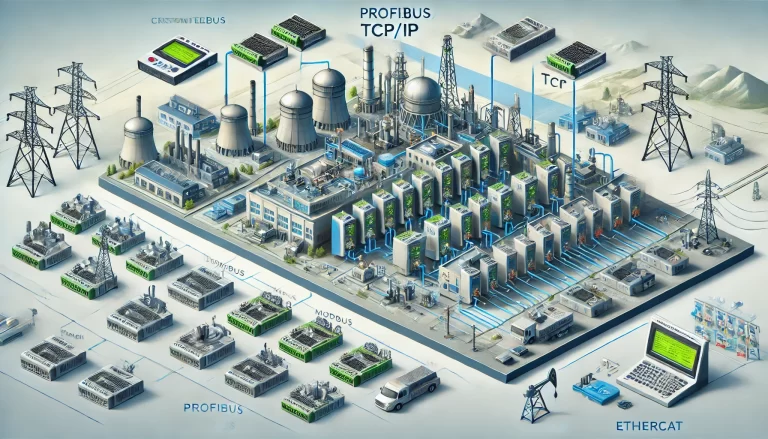
2. Types of Remote I/O Modules
- Analog I/O Modules: These handle continuous signals such as temperature, pressure, or voltage. Analog input modules convert real-world analog signals into digital data for the controller, while analog output modules convert digital signals back into analog for controlling actuators like valves or motors.
- Digital I/O Modules: These are designed to work with binary signals (ON/OFF states). They are widely used for switches, relays, and other devices where only two states are possible.
- Specialty Modules: These handle specific communication protocols or signals, such as thermocouples, RTD sensors, or high-speed counting for encoders.
3. Communication Protocols for Remote I/O
The efficiency of a remote I/O system largely depends on the communication protocols that connect the remote modules to the control system. Popular industrial communication protocols include:
PROFIBUS/PROFINET: PROFIBUS is a fieldbus protocol that is commonly used for connecting I/O devices to the PLC over longer distances, while PROFINET leverages Ethernet for high-speed, real-time data transfer in industrial environments. These protocols are favored in automation systems that require precise timing and quick responses.
Modbus TCP/IP: Modbus is a well-known protocol used for communication between many devices and the central controller. The TCP/IP version uses Ethernet, allowing remote I/O to be connected over standard network infrastructure.
EtherCAT: EtherCAT is a high-performance Ethernet-based protocol with very low latency, making it ideal for applications requiring real-time control and fast communication cycles, such as motion control or robotics.
CANopen: Based on the CAN (Controller Area Network) protocol, CANopen is widely used in industrial automation and automotive systems. It offers efficient data transfer and is suitable for distributed I/O systems.
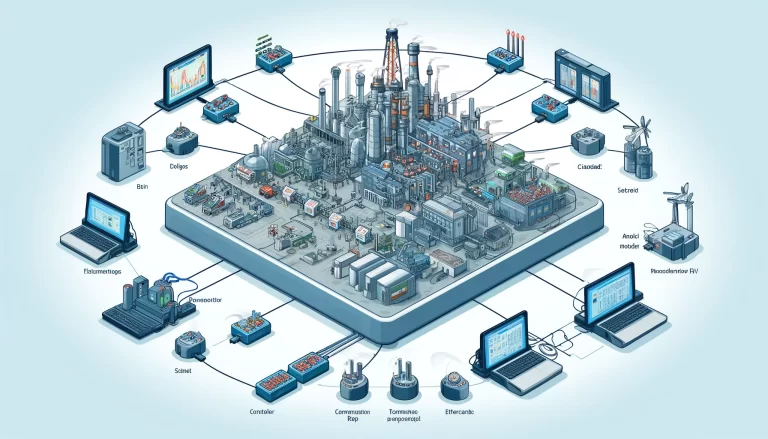
4. System Architecture
There are two primary approaches to designing a remote I/O system: centralized and distributed architectures.
Centralized Architecture: In this setup, all I/O devices are wired directly to a centralized control system. While simple, this approach can become costly and difficult to manage as the system grows, especially when the field devices are located far from the central controller.
Distributed Architecture: In distributed systems, remote I/O modules are placed closer to the field devices, and the data is transmitted back to the central controller over a network. This reduces cabling costs and complexity, while offering greater flexibility in expanding the system over large areas.
Distributed architectures are more commonly used in large facilities like factories, where equipment is spread over long distances.
5. Remote I/O Station Configurations
Remote I/O stations can vary in complexity depending on the application requirements:
Stand-Alone Remote Stations: These are fully independent stations that communicate with the control system via a fieldbus or Ethernet network. They are ideal for remote monitoring in areas where it is impractical to run cables back to the central control system.
Modular Stations: These allow easy expansion of the I/O count by adding more modules to a central I/O rack. They provide flexibility for future system growth and make it easier to adapt to changing system requirements.
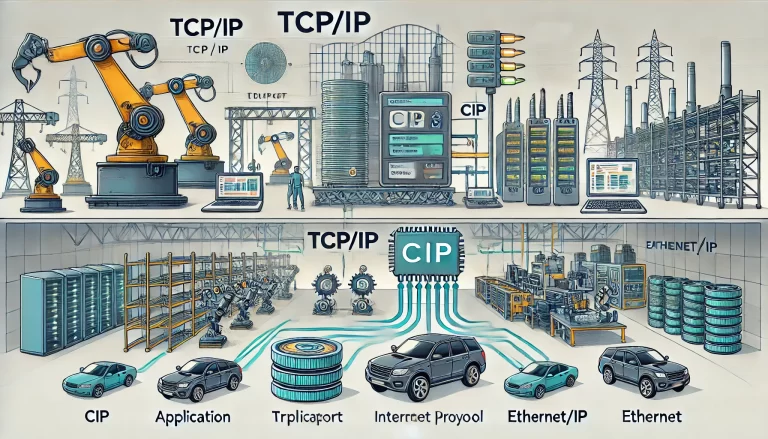
6. Application Scenarios for Remote I/O Solutions
Remote I/O solutions are deployed in a wide range of industries and applications, including:
Large Industrial Facilities: Factories or plants that cover large areas, such as steel mills, chemical processing plants, or automotive manufacturing, benefit greatly from remote I/O systems. Rather than running long cables to connect field devices back to a central PLC, remote I/O allows data to be collected locally and sent to the control system more efficiently.
Remote Monitoring: For applications such as oil wells, wind farms, or water treatment facilities, where equipment is distributed across a wide geographical area, remote I/O systems can be deployed to gather data and control operations without the need for human intervention at each location.
Building Automation: In smart building systems, remote I/O modules can be used to monitor and control HVAC systems, lighting, security, and other subsystems. By integrating the modules with a centralized building management system, operators can ensure efficient control over large or complex facilities.
7. Advantages of Remote I/O Solutions
There are numerous advantages to using remote I/O in industrial and automation applications:
Reduced Wiring and Installation Costs: Remote I/O minimizes the need for extensive cabling between the control system and field devices. This not only reduces installation costs but also makes the system easier to manage and maintain.
Flexibility and Scalability: A distributed I/O architecture is highly flexible, allowing easy system expansion as new devices or sensors are added. Additional I/O modules can be integrated into the network with minimal effort.
Real-Time Monitoring and Control: Remote I/O allows real-time data collection from field devices, enabling the central control system to make quick and accurate adjustments to improve process efficiency and safety.
Improved Maintainability: Remote I/O modules are generally modular, allowing for easy replacement or upgrading of specific modules without affecting the entire system. This results in reduced downtime and easier system maintenance.
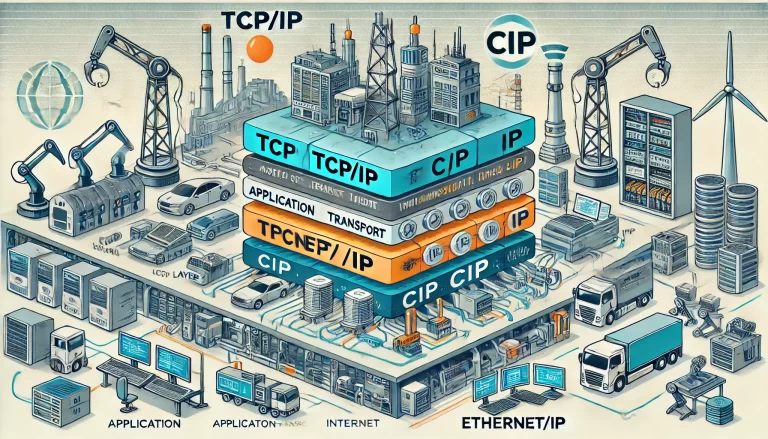
8. Key Considerations for Choosing a Remote I/O Solution
When selecting a remote I/O solution, the following factors should be taken into account:
Latency and Real-Time Requirements: Some applications, such as those involving motion control, require low-latency communication. Protocols like EtherCAT are ideal for such real-time applications.
Environmental Conditions: Remote I/O modules should be chosen based on the environmental conditions they will be exposed to. For example, in harsh industrial environments, the modules need to be ruggedized to withstand extreme temperatures, moisture, and vibration.
System Scalability: Ensure that the chosen solution can accommodate future expansion, either by adding more I/O points or upgrading communication networks.
Cost and Budget: Balance the total system cost, including initial hardware investment, installation, and long-term maintenance, against the performance and reliability requirements of the application.
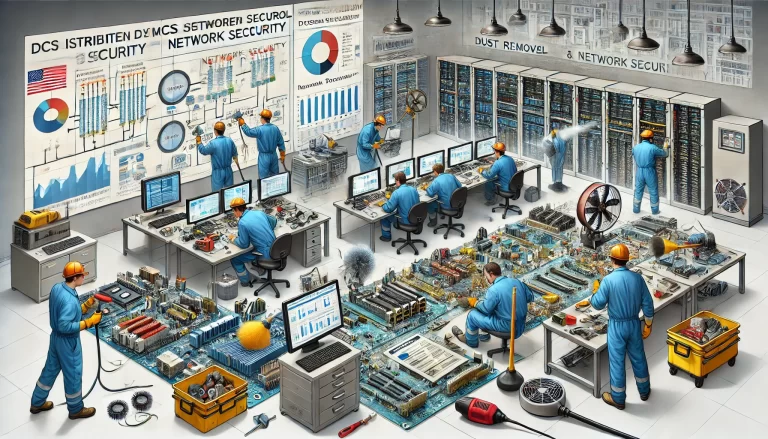
Conclusion
Remote I/O solutions are essential in modern industrial and building automation systems, providing a highly efficient and scalable way to connect field devices to centralized control systems. By leveraging advanced communication protocols and flexible system architectures, remote I/O systems can reduce costs, simplify maintenance, and improve overall process efficiency. Properly selecting and implementing the right remote I/O solution can greatly enhance the reliability and functionality of any distributed automation system.
